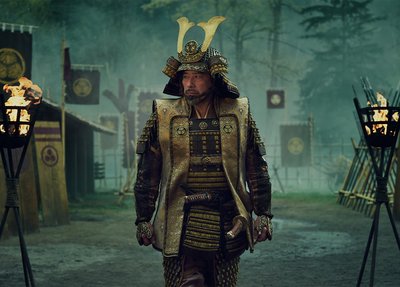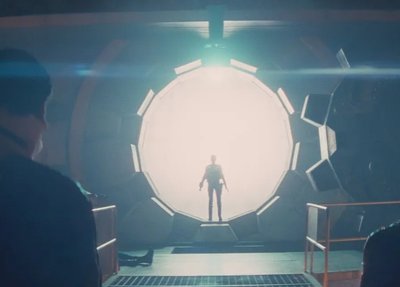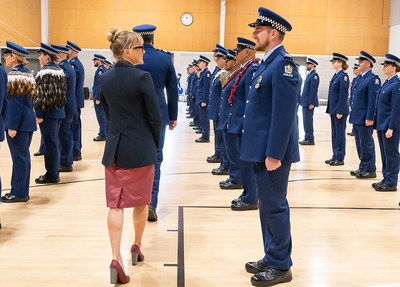PG, Violence and Avatar: The Last Airbender
Caitlin on Feb. 14, 2024
What can violence look like at a PG level? It’s the question that many parents ask before pressing play on series and films for their younger tamariki.
Sometimes it feels hard choosing something appropriate for your kids to watch, so here at the tari we want to try and make it a bit easier for you.
Our ratings:
- G is suitable for all audiences, and won’t include anything that would likely upset viewers.
- PG means that tamariki can watch it on their own, however there may be some scary scenes that parents should be aware before pressing play.
- M can legally be shown to any but is more suitable for a mature audience – 16 years and over is the recommended age. It’s a good idea to be across the content warning in case it includes something that you or someone in your whānau doesn’t like seeing.
- R means legally age-restricted. It’s an offence to allow someone underage to watch restricted films and series with an age restricted rating.
Because of those scary or challenging scenes PG, meaning parental guidance, is a recommendation for parents to do a little bit more research, ensuring that it’s safe for the whole whānau to watch. It indicates that there might be something that might to sit right with your tamariki depending on what they like and don’t like. And the toughest stuff is usually highlighted in the content warning.
How violent are we talking?
At a PG level and on the spectrum of violence, we would consider it to be light or mild. You won’t see blood, injuries, and there won’t be any graphic detail shown. Characters might fall with one punch, use magic that looks like burst of light to overcome an opponent or shoot an arrow that doesn’t connect or bounces off the target. It’s unlikely that you’ll see characters killed with any detail. However, you will more likely see frequent violence.
An example of a series that has a PG rating warning for violence is the 2005-2008 original animated series Avatar: The Last Airbender (ATLA).
Self-rated PG with a warning for violence by Neon, ATLA is a family-friendly watch and is both entertaining as well as thought-provoking, and frequently includes fantasy-based violence. In a world filled with elemental-based magic war divides the four nations - water, earth, fire, and air. Only a 12-year-old boy, who is the only one who can “bend” all four elements, can stop the Fire Nation. Set from the point of view of four children who are trying to restore peace, they fight against the threat of the fire nation using their bending abilities as well as sword and boomerang combat.
There are frequent scenes where characters are chased and hurt by the magical powers, but no serious injuries are shown. Sword’s clank, and weapons are used but injury is usually only implied by people falling to the ground. The fighting is dampened by the animation style and is balanced by the childlike-humour and positive storylines about friendship, hope and spirituality. It also helps that the main character is morally against killing people, and frequently talks about his struggles with people dying.
Critical thinking at every age
Watching films and series with the whole whānau makes it easier to know what to press play on and what to avoid. It’s also the best time to ask questions and encourage critical thinking about what they watch. Avatar: The Last Airbender is a great place to start because it’s something the whole family can watch and enjoy. We’ve also noted the upcoming and highly anticipated remake of the 2024 Netflix series Avatar: The Last Airbender.
Whether its violence or something else, tune into your kids’ sensitivities, and check the rating and the content warning before pressing play. Providing your whānau with tools on how to watch content safely means that when they are watching on their own, they can make better viewing choices and can recognise when they see something that doesn’t sit quite right.
For more information about encouraging critical thinking check out the following blogs and resources where we go into detail about the types of questions to ask and how to approach conversations with your children.
Further reading
- Why are ratings and content warnings important for me and my whānau? (blog)
- The ‘Bluey’ parenting hack (how to start those tricky conversations when your kids are young) (blog)
- Talking with young people about what they’re watching (resource)
- Why parental controls are your video on-demand life hack (blog)
- Studio Ghibli, Movies and Mental Health (blog)
- What’s the difference between a PG and an M-rated movie? And can your kids watch the new Wonka film? (blog)
- What the M?! (blog)
- Avatar: The Last Airbender - content guide
Subscribe to our blog
Stay up to date with the Classification Office blog.


